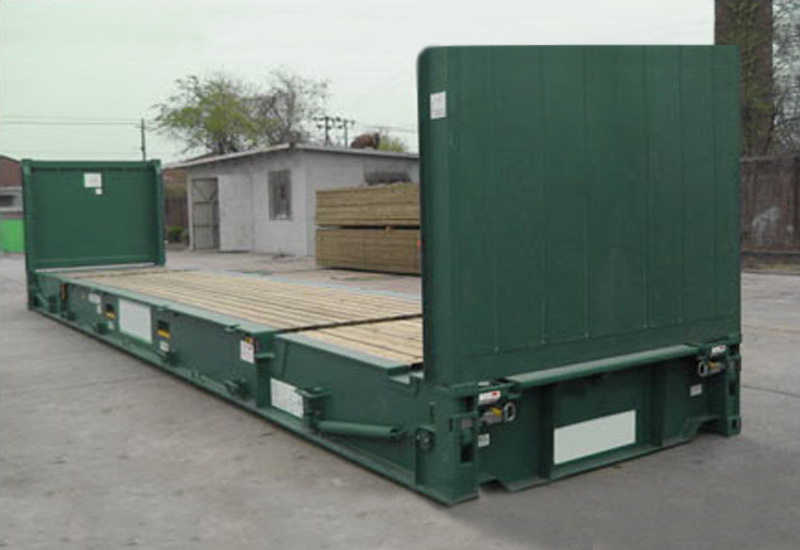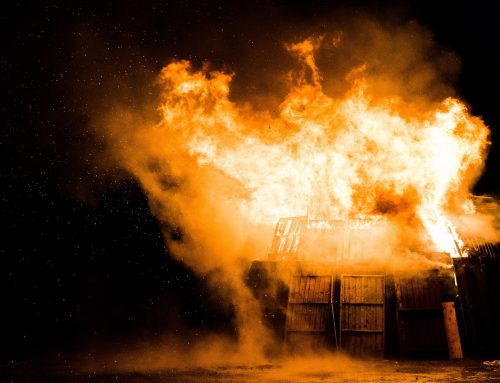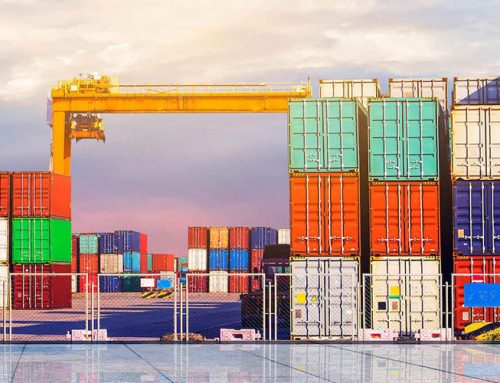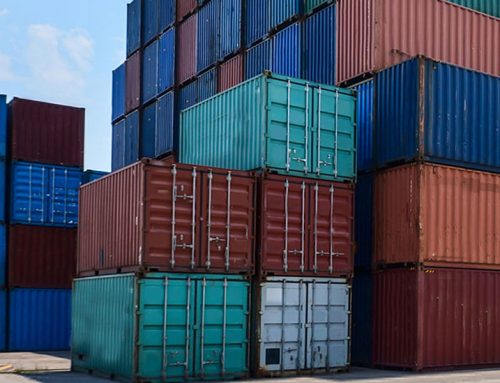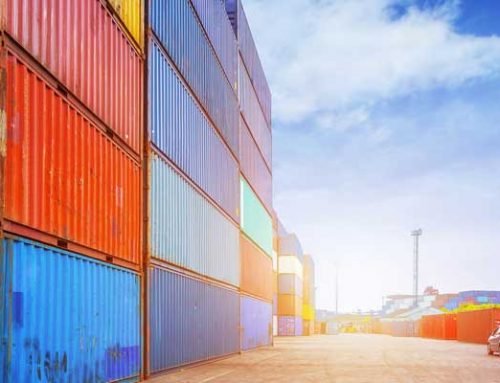Shipping containers have to protect cargo, withstanding even the toughest conditions at sea. So what are shipping containers made of?
Most shipping containers are made from maritime-grade corten steel, also known as ‘weathering steel’.
Corten steel is an alloy: it is a combination of steel and other metals. It might seem counterintuitive at first, but corten steel is made to react to water and air. It is made to rust. What actually happens is that a thin layer of oxidisation forms on the outer surface of the container. This acts as an additional layer of protection, preventing the metal from corroding any further.
Most components of a shipping container are made from corten steel as it can be welded.
Marine-grade corten steel is used to manufacture the following components of a shipping container:
- corrugated walls
- frame
- cross members (i.e. beams or joists)
- cargo doors
Another material that’s used in the construction of shipping containers is marine-grade plywood.
Inside a shipping container, the flooring is usually made of marine-grade plywood. It is often treated with insecticide to prevent bugs and insects from hitching a ride and potentially damaging the cargo.
As seen in many other industries, there has been an increasing use of bamboo in the shipping industry.
Increasingly, shipping containers are being made with bamboo flooring as it’s more cost-effective and sustainable. It is also durable and naturally mildew-resistant.
Of course, once they have finished their life at sea, many shipping containers are modified and customised.
This can range from a simple modification, such as air conditioning and shelving, to complex projects such as container shops and swimming pools!

